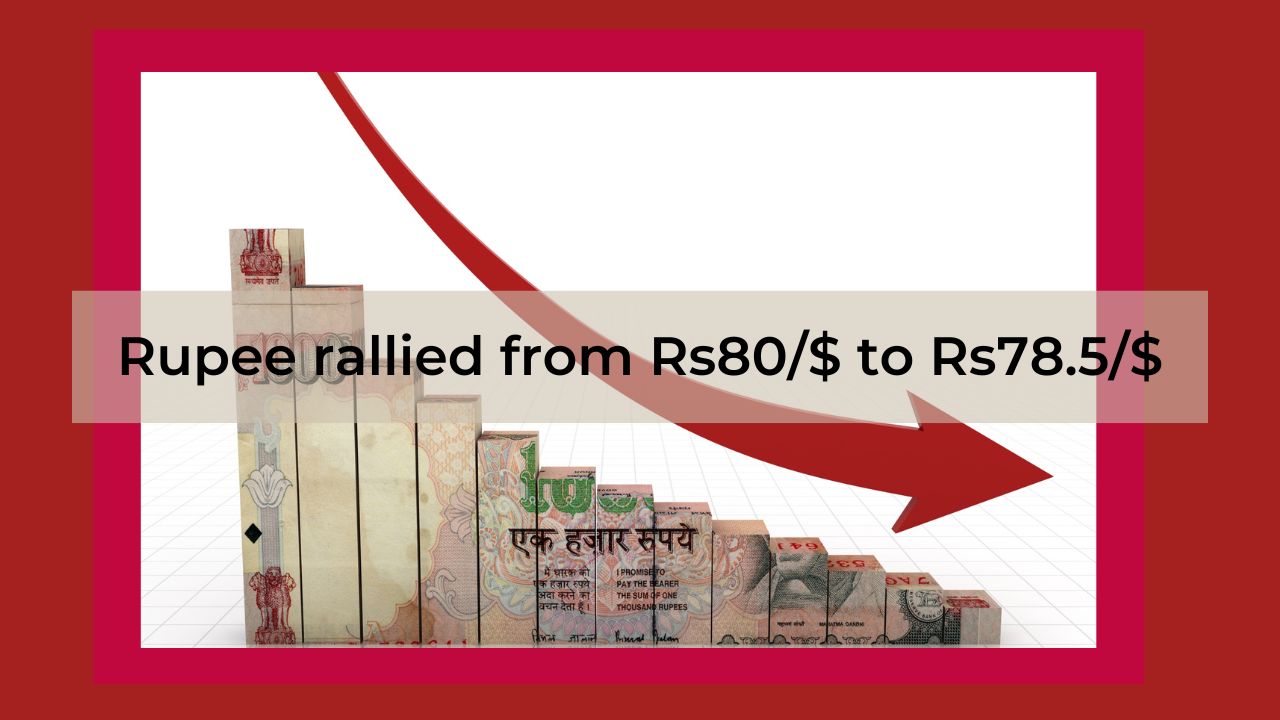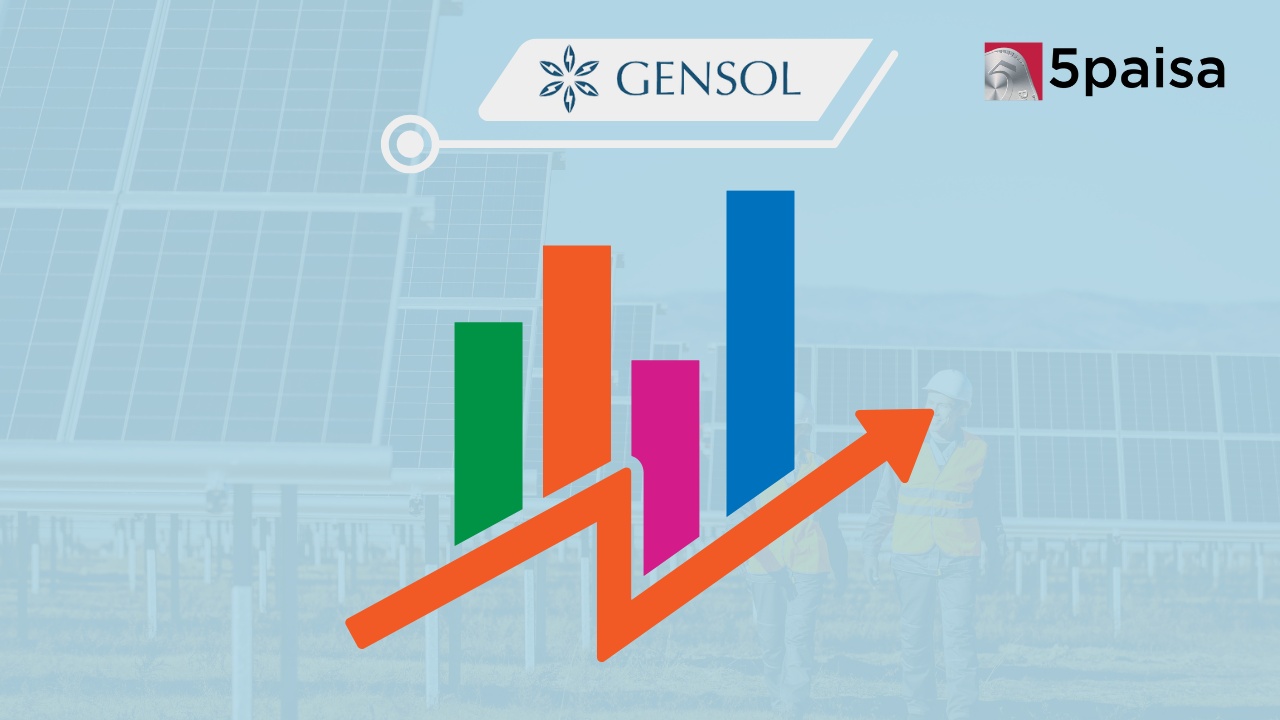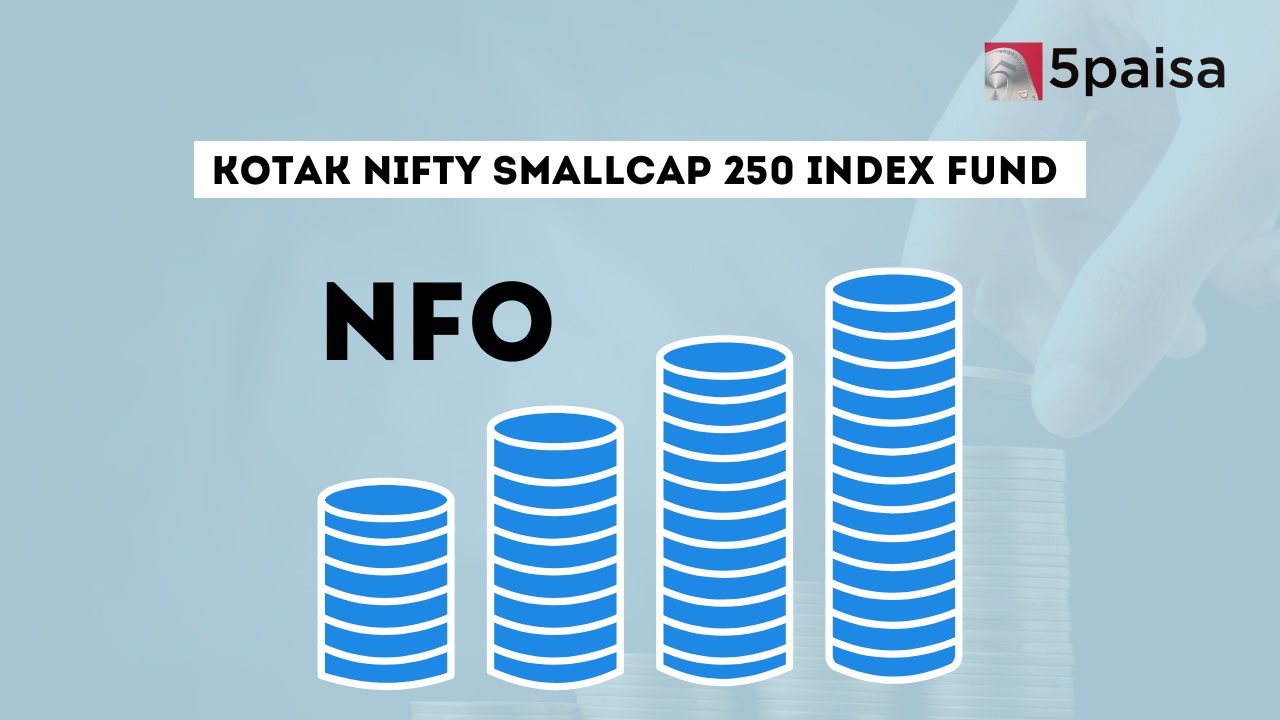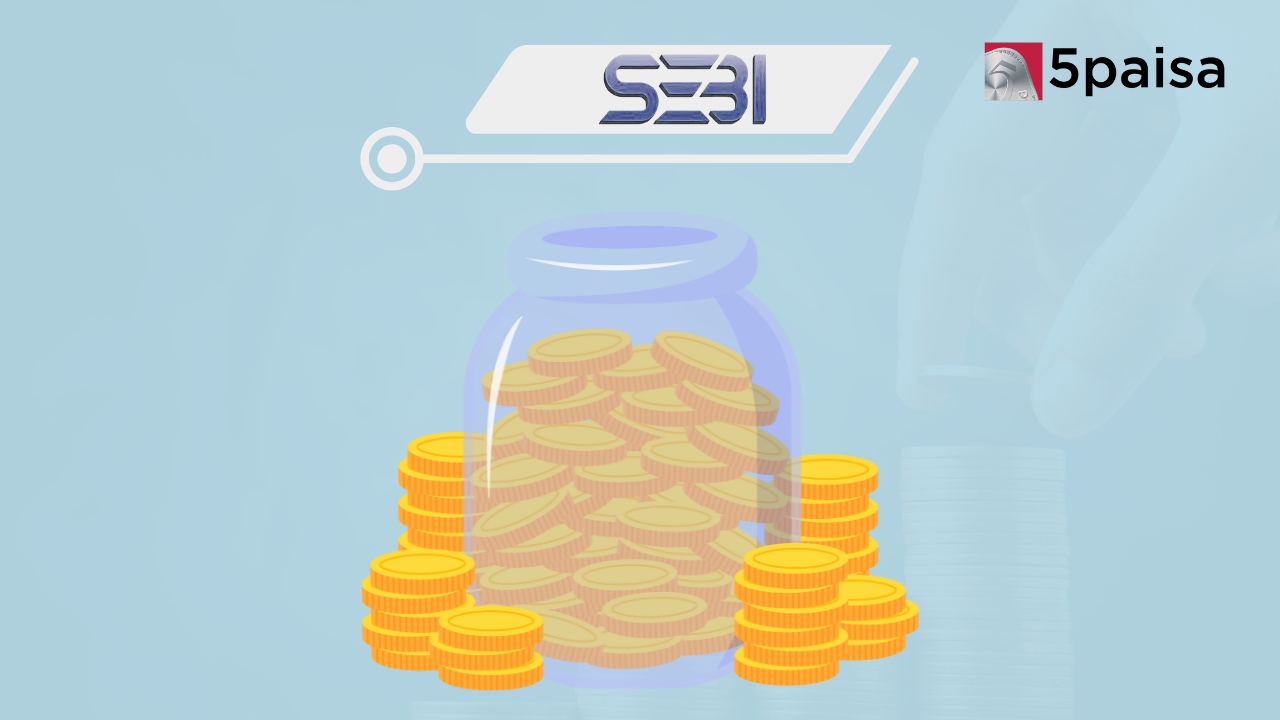How the rupee rallied from Rs80/$ to Rs78.5/$

Last Updated: 14th December 2022 - 10:33 am
At one point, it looked like the rupee would break beyond Rs80/$ and move towards 81 and 82/$. However, the sentiments changed sharply in the first two days of August 2022 as the rupee appreciated from 80/$ to 78.5/$. Of course, the rupee did weaken again on Wednesday but the situation is not as grim as it appeared for the rupee just about a few days back. The rupee touched a 1-month high during the week. There were several reasons responsible for the sharp appreciation in the rupee during the week.
One of the key reasons for the sharp appreciation in the rupee was the sharp fall in the US Treasury yields to around the 2.7% mark. This was on the back of easing bets that the aggressive Federal Reserve monetary action may not become a reality amid recession fears. The dollar strength was on the back of hawkish Fed talk but if the Fed did not get all that hawkish then the dollar was bound to weaken. That is a key reason that led to fall in the dollar index (DXY), fall in dollar value and a consequent strength in the Indian rupee.
While the diminishing odds of more aggressive Fed rate hikes was one reason, the other reason was the apparent turnaround in FPI sentiments. FPIs had been net sellers in Indian equities in the previous 9 months between October 2021 and June 2022. During this period, the FPIs had sold equities worth more than $35 billion. However, in July, FPIs were net buyers to the tune of $618 million. That looks paltry in comparison, but the tide did turn in July and August has maintained that trend. That also helped the rupee value.
Traditionally, crude has been a key driver of the rupee weakness. The sharp fall in the rupee had started when the Brent prices had risen to $130/bbl amidst the Russia-Ukraine war. That is not surprising considering that India depends on oil imports for 85% of its daily crude needs. However, with recessionary fears building up, the oil prices have fallen sharply to below the $100/bbl mark. That has been one more factor that gives hope that the current account should face reduced pressure and that has helped the rupee.
But beyond all these factors, there was one very technical factor that led to the sharp appreciation in the Indian rupee. For example, the exporters had held back converting dollars into rupees on the hope that the rupee would weaken to 81/82 per dollar. However, as the RBI stood strong in support of the rupee, the exporters made a rush to convert their dollars into Indian rupees. This pressure also caused a technical weakness in the dollar and propped the rupee higher. But what about the longer term trend?
The short term trend is one side of the story, but long term trend is still hazy. India has touched merchandise trade deficit of $100 billion in the first four months of FY23. That means, India could end up with merchandise trade deficit for the full year at closer to $300 billion. That is more than 50% higher compared to last year and with services trade still tepid, it will put a lot of pressure on the current account deficit. In the longer run, the pressure on the rupee could continue, notwithstanding the short term bounce in the INR.
- Flat ₹20 Brokerage
- Next-gen Trading
- Advance Charting
- Actionable Ideas
Trending on 5paisa
01
 5paisa Research Team
5paisa Research Team
06
 5paisa Research Team
5paisa Research Team
Indian Market Related Articles
Disclaimer: Investment in securities market are subject to market risks, read all the related documents carefully before investing. For detailed disclaimer please Click here.




